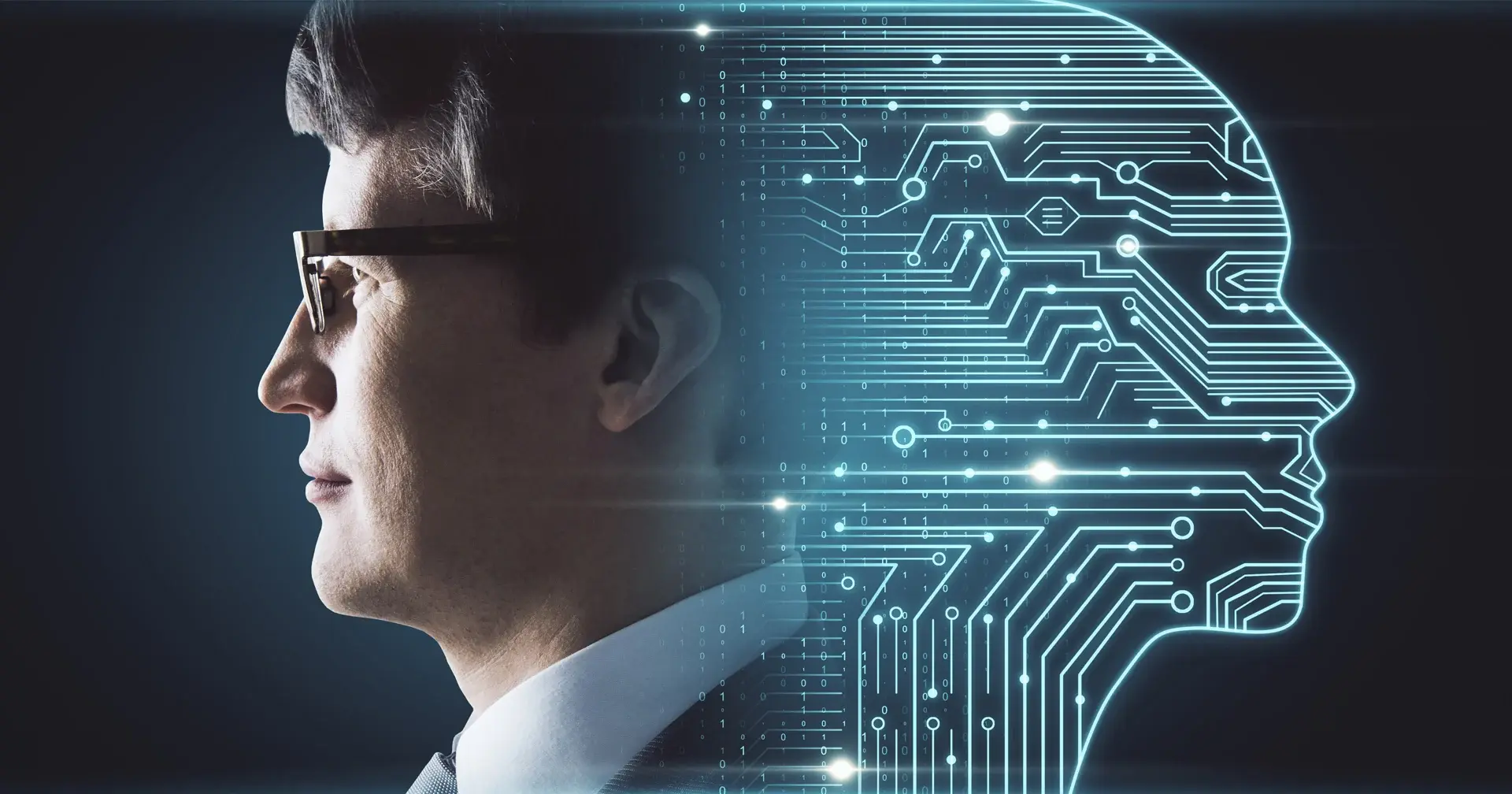When it comes to modernizing production, many problems can be solved with the help of digitalization. But what exactly are the problems? And which ones are so crucial that the investments are really worthwhile? With "Smart Vision", EDAG has developed a concept that ensures that the path to the smart factory points in the right direction from the very beginning.
Even in industry, it repeatedly happens that digitalization projects fall through. One of the problems are mega projects that aim to do too much at once - this is especially true when the aim is to build a "smart" factory. Things often start with the sentence "with digitalization, we will solve all your problems". It is not unusual for projects to be curtailed because the cost of complex projects spirals out of control, or because implementation would take too long given the shortage of manpower. Even if all the plans are implemented, it might in the end turn out that little has been achieved for a great deal of money - due contradictory goals being pursued in some areas, or investments being made in solutions that fail to address the actual problem.
One of the reasons for such problems during the development of a smart factory is that there are no patent remedies. "Smart" does not mean creating 100 percent automation, nor does it mean the widespread use of artificial intelligence (AI). A truly smart factory makes targeted use of digitalization and AI technologies to solve existing problems, and in this way dramatically increase efficiency. It is a fact that every smart factory achieves its individual optimum, depending on the product, the processes, the philosophy and the people – and the solution must be pursued just as individually.
The needle in the haystack
The greatest problem needing to be solved on the road to the smart factory is first of all to find out what bottleneck exists in production or what obstacle is obstructing an improvement in efficiency. This might sound trivial, but in large organizations with sales in the triple-digit million range and correspondingly complex processes, this is the one question that is so very difficult to answer.
This is exactly where EDAG Production Solutions comes in. The company has developed a concept that will find the answers people are looking for: "We first write down what your problems are": that is the goal of "Smart Vision". In a two- to three-day workshop, the participants involved, who might, for instance, be from the fields of production, logistics, purchasing and IT, work out the requirements that will have to be applied in project planning in order to achieve the goals. The concept is designed so that, with relatively little preparatory work, it can be used at the very beginning of a Smart Factory project, and results can be produced quickly and with little effort.
Transformation drivers and enablers
The Smart Vision concept is based on the realization that almost all manufacturing companies in all sectors of industry face virtually the same challenges. These can be traced back to a number of "transformation drivers": Individualization, increased flexibility, cost pressure, new technologies, climate change and globalization.
In addition to these transformation drivers, on the other hand, there are also "transformation enablers". These are factors that help translate the factors mentioned above into production practice. The most important transformation enablers include modularity, mobility, compatibility, universality and scalability. Six to seven such enablers are relevant for the production area. On the basis of its project experience, EDAG has drawn up three to five questions for each of these enablers, and these can be used to determine the priority of each of the enablers in the project. 20 to 30 questions are enough to determine what requirements the smart factory needs to meet.

Complete picture of the smart factory
Obtaining a holistic picture of the task is essential to this concept. This is not just about the production environment; indeed the starting point is the "order processing procedure" – everything that helps to complete the order to the customer's satisfaction. This results in the group of participants for the workshop: a group that is as heterogeneous but all-inclusive as possible to develop a comprehensive vision of the smart factory. In this way, it is possible to prevent the manifestation of conflicting development goals - for example, an improvement is brought about in logistics, but turns out to hamper processes in production.
This group needs to outline the most "painful" areas in the existing processes, so for example:- What is the most disruptive factor?
- What is the most obstructive factor?
- What needs to be rectified most urgently?
In the end, the individual answers result in a priority list for the enablers. Taking these, EDAG draws up a central part for the strategic paper, with the main requirements for the planned project. These must then form the basis of all further developments. The result is therefore not a value stream analysis at production level, and so cannot serve as a manual for implementing certain technologies or processes. Instead, the answer is given at management level, and provides information about what ability is needed to solve the problems identified.
If required, EDAG's experts can also complete the strategic paper and assist with further steps, such as subsequent planning and implementation.
Targeted digitalization
The procedure outlined here creates transparency on the path to increased digitalization, because it clarifies where the most urgent need for action is and how the greatest possible effect can be achieved with the resources available – both investment capital and the employees available – to improve efficiency. This helps to prevent bad investments, and improves the probability of bringing a project to a successful conclusion.
Further details of the "Smart Vision" concept are available on request from Lukas Hartmann, Leader - Factory and Logistics Planning, and Frank Breitenbach, Senior Technical Expert - Smart Factory Planning Methods. Or download the technical article "Smart Vision - Your Intelligent Route to the Smart Factory" here!





